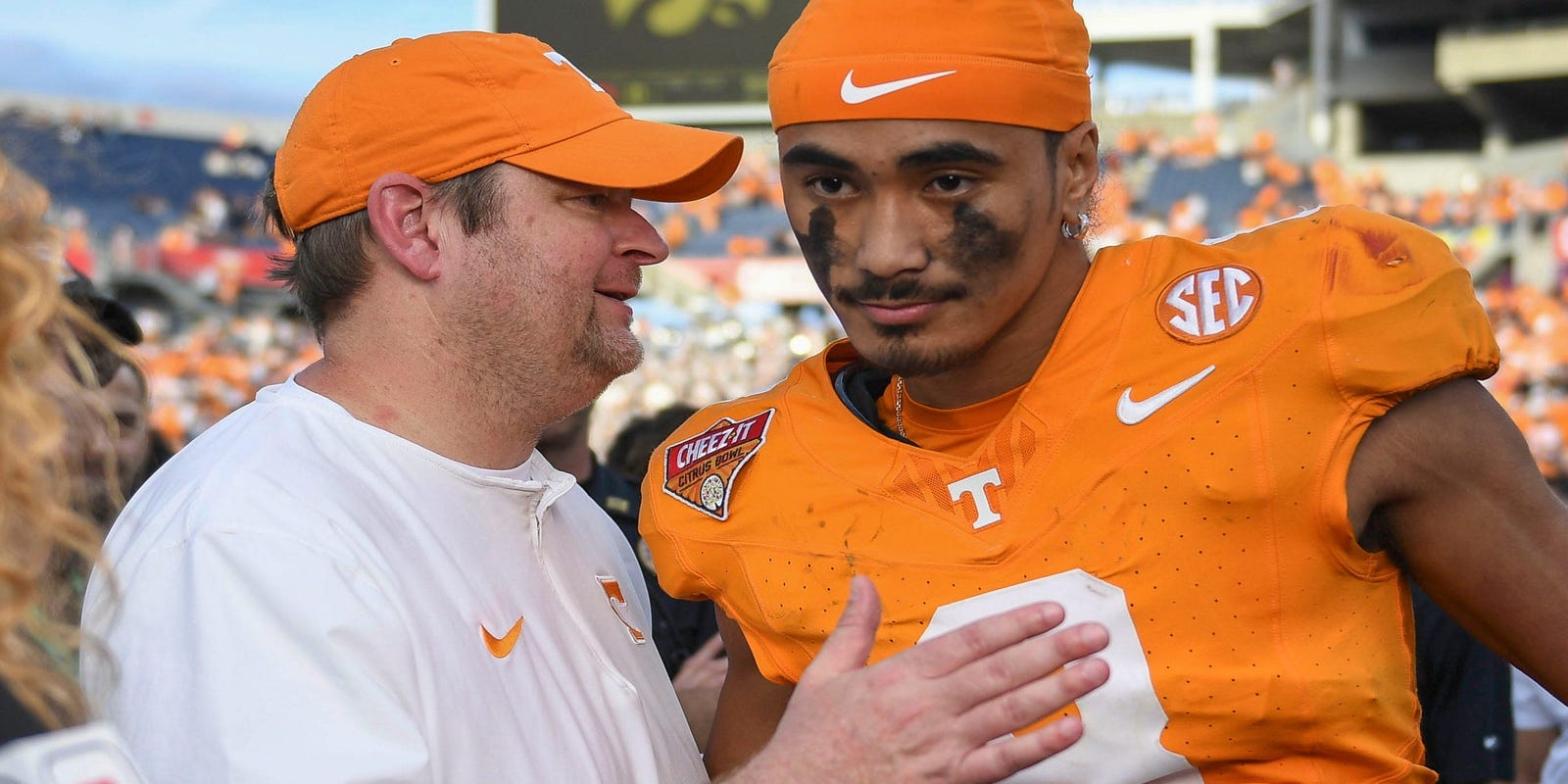Gridiron in Crisis: How College Football's Elite Dodge the Tough Tackles

The Unraveling of College Football: A Landscape in Transformation
College football stands at a critical crossroads, rapidly transforming in ways that challenge its traditional foundations. The sport's power dynamics are shifting dramatically, with the Southeastern Conference (SEC) and Big Ten Conference emerging as dominant forces that seem poised to reshape the entire collegiate athletic ecosystem.
What's most striking is the apparent indifference from playoff leadership, who seem powerless—or perhaps unwilling—to intervene in the sweeping changes. As these two conferences aggressively expand and consolidate their influence, the broader college football community watches with a mixture of fascination and concern.
The current trajectory suggests a future where the sport might look dramatically different from its cherished historical model. Traditional conference alignments are crumbling, competitive balance is being redefined, and the very essence of collegiate athletics appears to be up for negotiation.
While fans and analysts debate the implications, the SEC and Big Ten continue their strategic maneuvering, seemingly unchecked and unrestrained. The playoff system, once considered a beacon of fairness and competition, now appears increasingly irrelevant in the face of these conference-driven transformations.
As college football enters this unprecedented era of change, one thing becomes clear: the game we once knew is evolving, whether we're ready for it or not.
